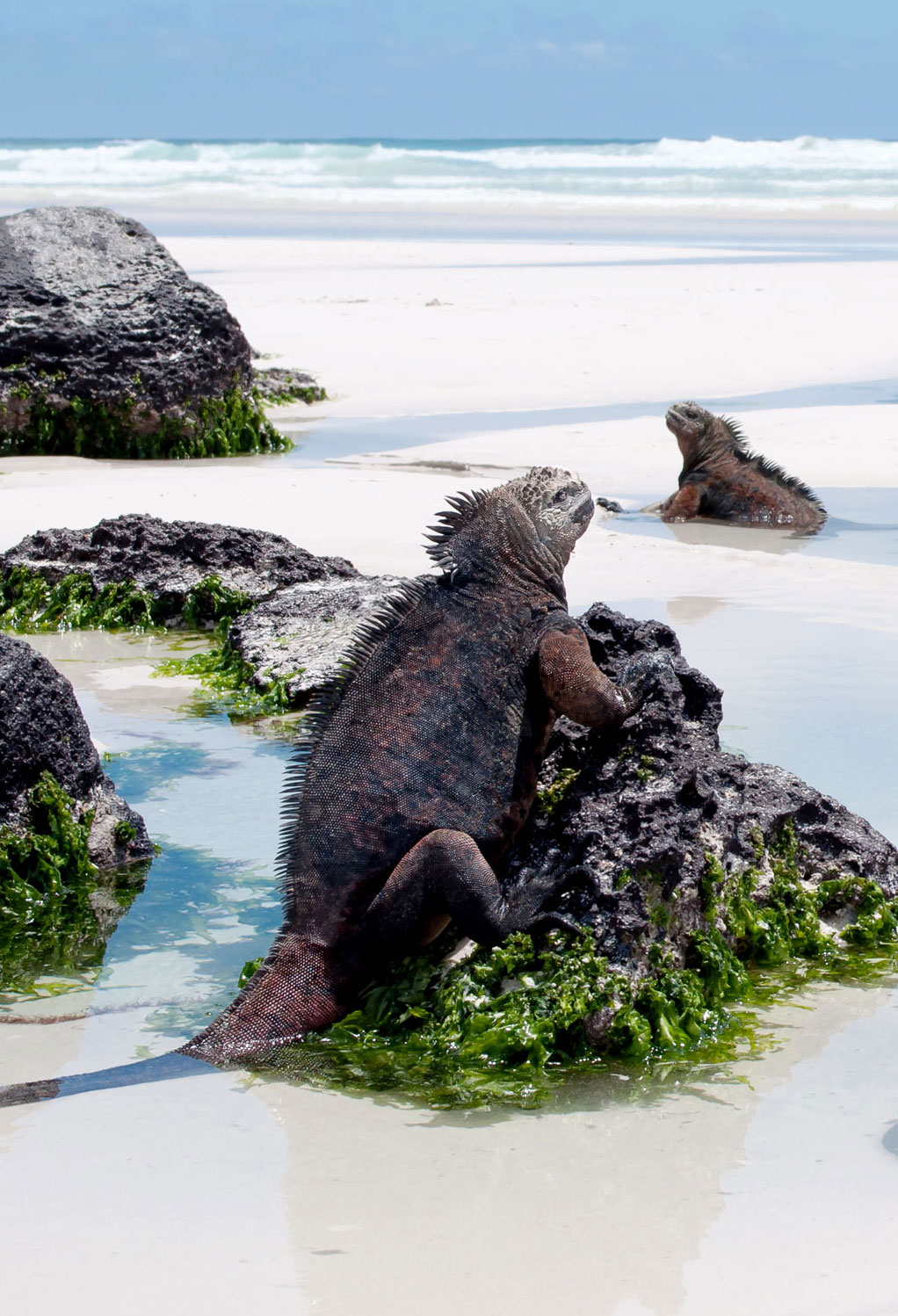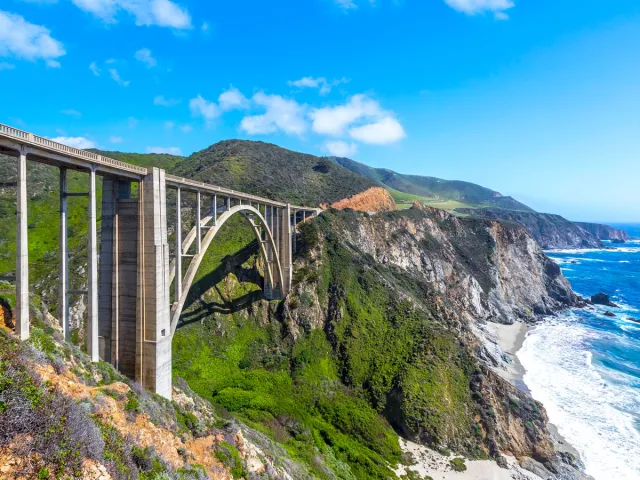Straddling the equator 500 miles west of Ecuador in the Pacific Ocean, the Galápagos Islands are, quite simply, unlike anywhere else on Earth. Home to over two dozen endemic species of land and marine life, the isolated volcanic archipelago provides some of the best wildlife viewing in the world — just ask Charles Darwin. Learn more about the islands’ wildlife, history, and conservation efforts through these nine fascinating facts.
The Galápagos Inspired the Theory of Evolution
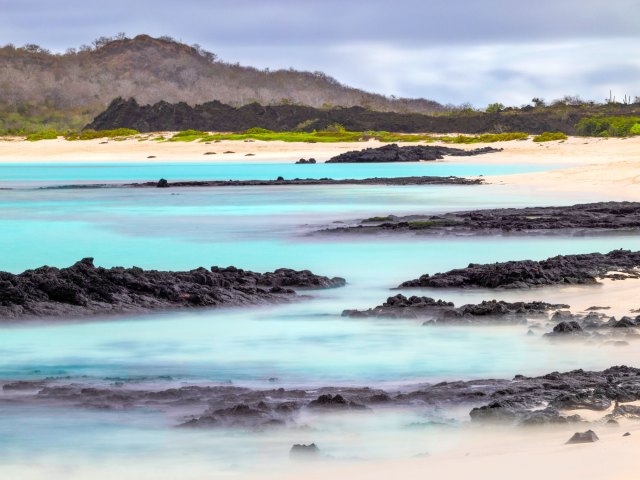
When famed naturalist Charles Darwin visited the Galápagos Islands in 1835 to observe the local flora and fauna, he soon became fascinated by the physical variations of the archipelago’s endemic island species, particularly finches. Through his observations, Darwin hypothesized that species change over time in order to adapt to their environment, which led to the theory of evolution by natural selection. To honor his special relationship with the Galápagos, a statue of the famous naturalist has been erected on the island of San Cristóbal.
The Archipelago Is Named After a Giant Tortoise
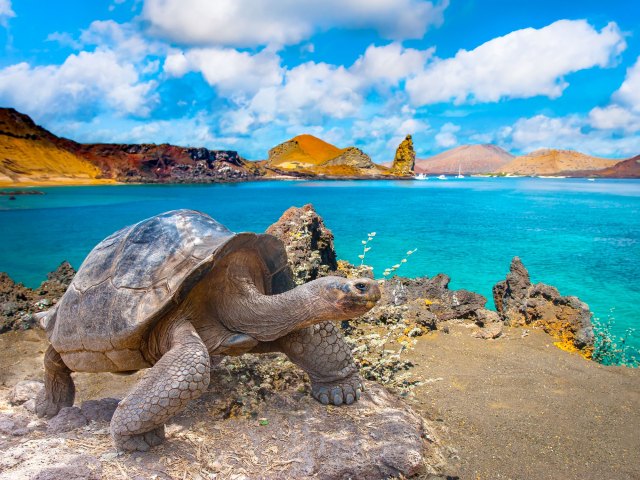
The archipelago was fittingly named for its most iconic resident — the giant tortoise. The word galápago is derived from an old Castillian word that translates to “riding saddle,” a reference to the saddle-like shell of a tortoise. Although these turtles can live up to 100 years of age, they are still endangered due to being over hunted by sailors in the 18th century, which led to the extinction of various species.
The Charles Darwin Research Station on Santa Cruz Island is an ideal spot to learn more about efforts to conserve these fascinating creatures and to witness them in their natural habitat.
A National Park Covers 97% of the Islands
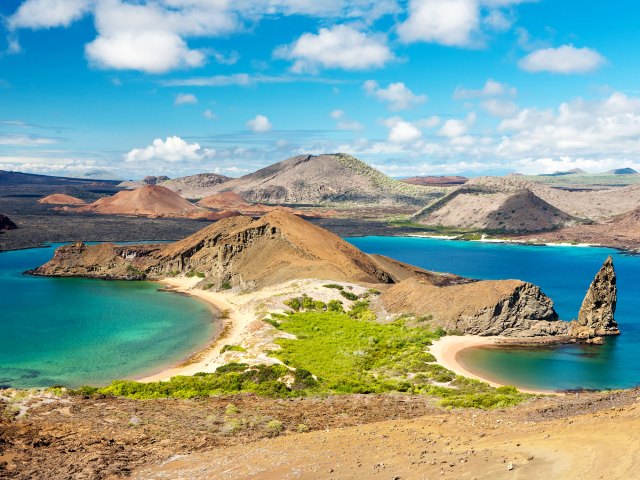
To conserve this unique region of the world, a whopping 97% of the Galápagos Islands’ land mass is dedicated to Galápagos National Park. Established in 1959 and encompassing 3,040 miles, the park aims to protect the 56 species (27 of which are endemic) that call the archipelago home. The unique species aren’t just limited to land animals — the waters surrounding the islands are a UNESCO Biosphere Reserve, home to 500 species of fish and almost 800 species of mollusks.
The Number of Islands Fluctuates
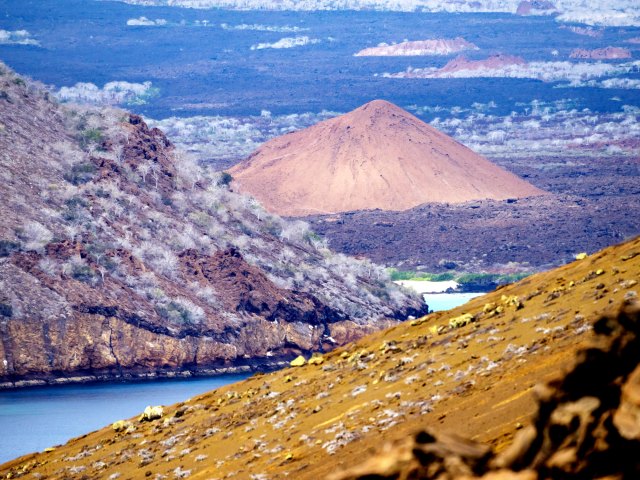
As of 2023, the Galápagos Islands are officially home to 108 islets and rocks, plus 19 large islands — four of which are inhabited. However, since the Galápagos are considered one of the most volcanically active places in the world, these numbers are subject to change. With 21 active volcanoes and 50 eruptions in the last 200 years, the number of islands is constantly fluctuating, with different formations emerging or disappearing due to heightened volcanic activity.
The World’s Smallest Penguins Live Here
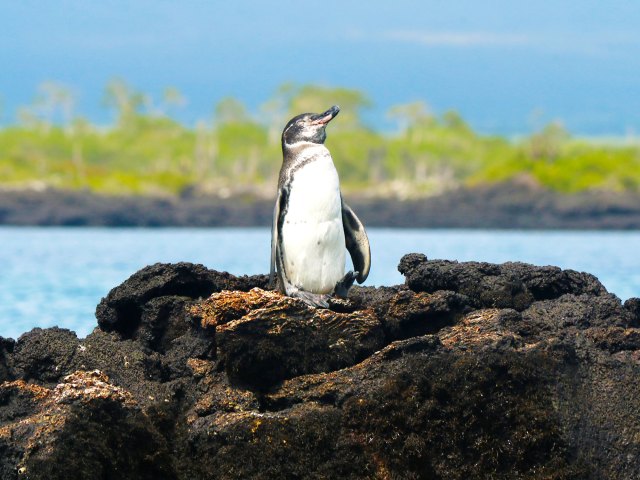
The only species of penguins found in the Northern Hemisphere, Galápagos penguins are native to the islands for which they are named. They are also the smallest penguins on the planet, which makes them agile and avid hunters beneath the water.
With a current population of 2,000, these birds make their homes in caves and coastal crevices and are known to mate for life. They most often reside on Isabela and Fernandina Islands but can often be spotted swimming around Pinnacle Rock on Bartolome.
Three Species of Boobies Inhabit the Islands
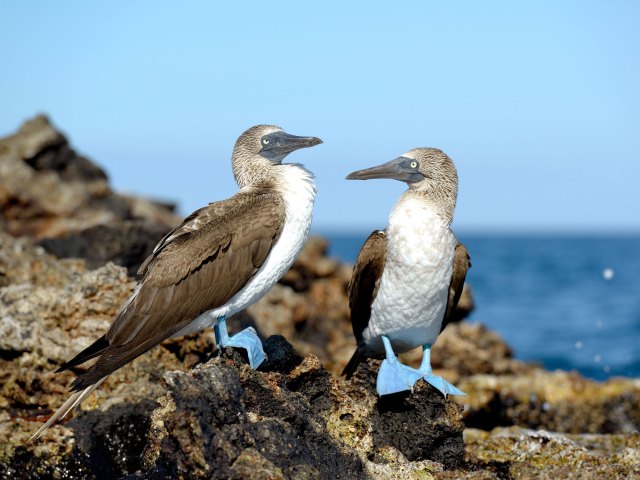
Named by Spanish sailors who believed these birds to be clumsy “bobos,” boobies are alsoendemic to the Galápagos Islands. There are three different species — identified by their colorful markings — which inhabit the various islands. The smallest of the three are the red-footed boobies, known to be agile fliers, while blue-footed boobies are larger and more adept at diving underwater. The Nazca booby is recognized for its black-and-white plumage but does not share the brightly colored feet of the rest of the booby population.
It’s the Only Place on Earth Where Marine Iguanas Exist
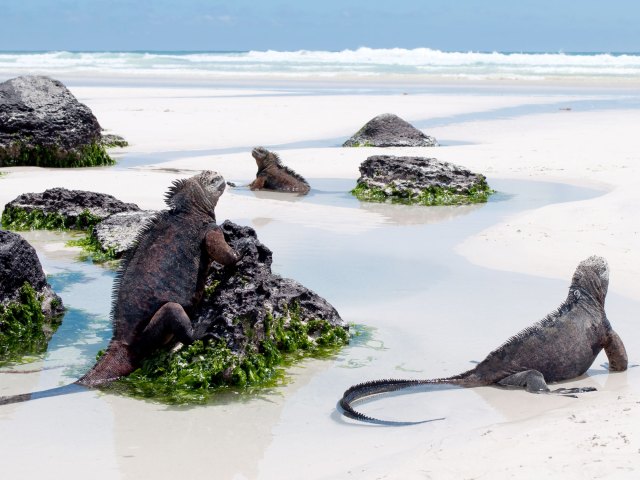
Native to the Galápagos, marine iguanas are the only lizards in the world that can swim. Unlike other land-bound reptiles, these sea-faring iguanas are able to relocate between islands, swimming distances as far as 40 miles. Referred to by Charles Darwin as the “imps of darkness,” marine iguanas dive under the water to forage for algae on the ocean floor, while employing their claws to cling onto rocks.
The Islands Have an Unofficial Post Office
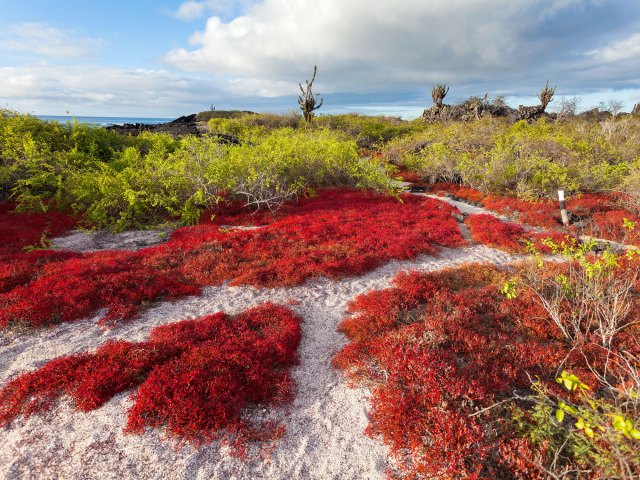
Post Office Bay on Floreana Island earned its name from homesick 18th-century whalers who devised a unique system to send letters home. They use a floating barrel as a makeshift post office, allowing whalers departing the region to sift through the messages and hand-carry mail back home for delivery — no postage stamp required. The system continues to be in operation today, with visitors simultaneously dropping off or picking up letters for delivery to a final destination.
The Galápagos Contain the Largest Shark Biomass on the Planet
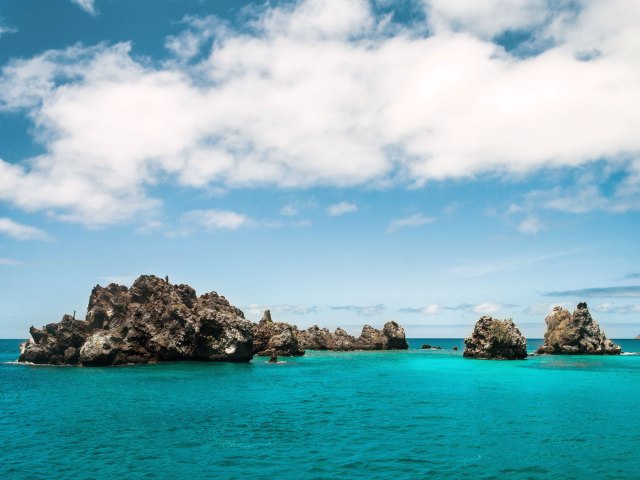
As a designated marine sanctuary, the Galápagos Islands is home to a rich and diverse array of marine wildlife, including 30 species of sharks. In fact, these waters contain the largest shark biomass on the planet, measuring 12.4 tons per hectare. The region is most famous for whale sharks, scalloped hammerhead sharks, Galápagos sharks, and whitetip reef sharks — and snorkel and shark diving tours are available for adventurous visitors.
More from our network
Daily Passport is part of Optimism, which publishes content that uplifts, informs, and inspires.






